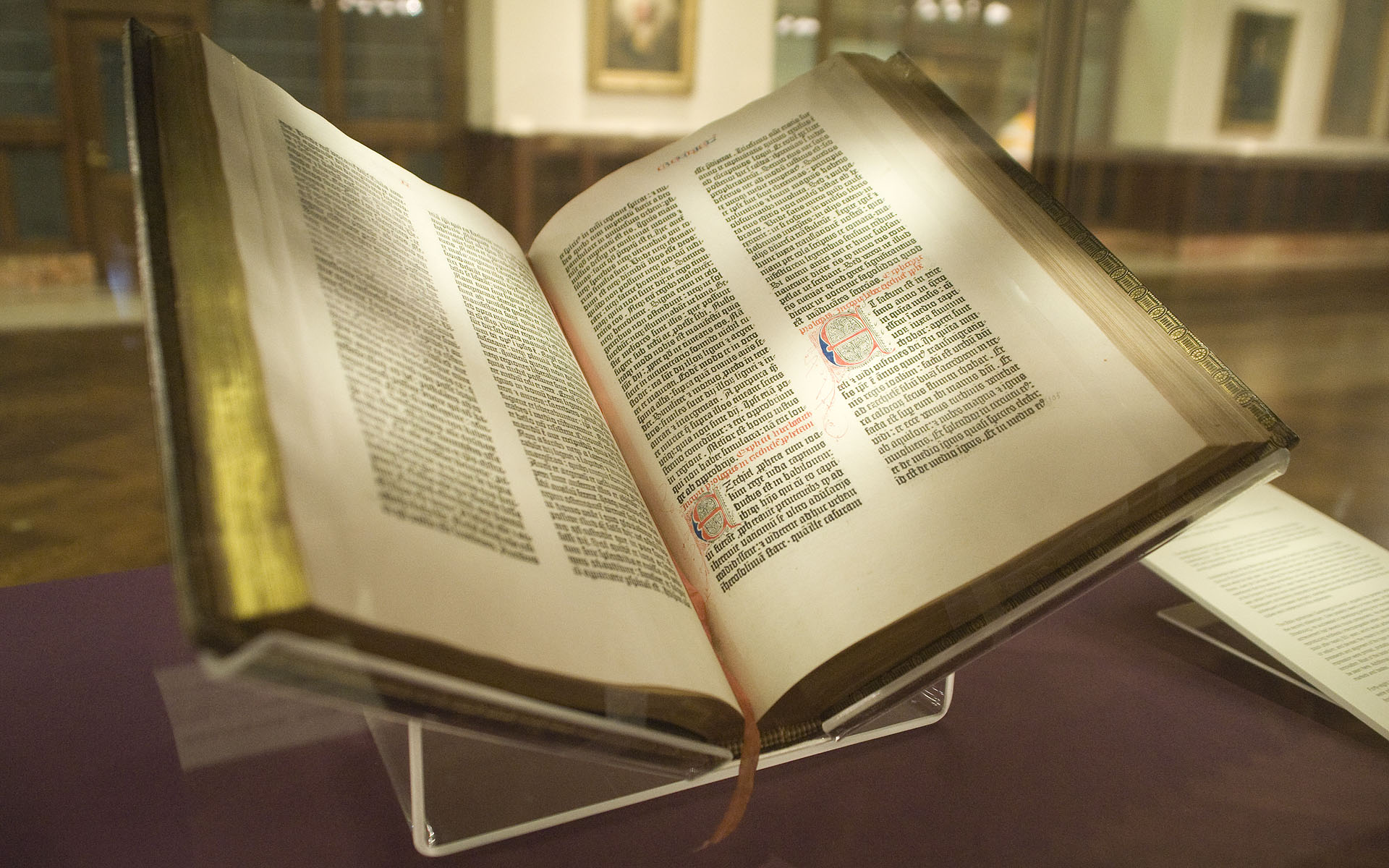10. The Edicts of Ashoka (3rd Century BCE)
Table of Contents
Context & Description:
During ancient India Ashoka served as a strong emperor who led a vast empire. A devastating armed conflict that shattered him emotionally led to his transformation into a new individual. Through his strength, he dedicated himself to sharing positive messages that promoted peace and kindness with respect toward every living organism. Ashoka’s guidelines were created through stone pillars and rock carvings that developed into the Edicts of Ashoka.
Impact:
The words described here functioned as instructions rather than contemplative statements. Through his statements, Ashoka urged his people to maintain mutual support combined with belief recognition and peaceful coexistence. A monarch implemented power for moral living instead of authority in history for the first time.
Legacy:
People today value these historic etchings as part of the UNESCO World Heritage Sites. The edicts show how people embraced compassion and fairness as essential values during the ancient period.
9. The Magna Carta (1215)
Context & Description:
During medieval times King John held total control over England until his barons drew him into signing the Magna Carta. The Magna Carta emerged from King John’s barons who refused to tolerate his unjust taxation policies and harsh governance so they compelled him to sign this document. The historical document established that royal authority remains bound by the principles of law.
Impact:
This revolutionary concept brought democratic principles to the world through its innovative depiction of modern democracy. We protect basic rights that we typically consider natural today because they originated in the simple historic document known as the Magna Carta.
Legacy:
The British institutions retain the original four surviving versions of the Magna Carta as objects of preservation. The documents function as compelling evidence which demonstrates that nobody regardless of strength should escape judicial responsibility.
8. The Declaration of Independence (1776)
Context & Description:
Every American colonist felt mixtures of both enthusiasm and panic as they gathered to proclaim their liberation from British governance. Through his statement “We hold these truths to be self-evident, that all men are created equal” Thomas Jefferson established a call for freedom that would emerge as a fight for independence.
Impact:
This creation of an independent country served as an inspiration that sparked international attempts to liberate themselves from foreign rule. People continue to resonate with the ideals of the Declaration throughout both the French Revolution and numerous anti-colonial independence movements.
Legacy:
Today you can view the original Declaration inside the U.S. National Archives because this historic document remains a symbol of humans’ natural right to both liberty and equality.

7. The Communist Manifesto (1848)
Context & Description:
Industrial changes were happening throughout Europe in that period when working-class people endured abject poverty. Karl Marx and Friedrich Engels produced a passionate pamphlet which demanded working people should unified to destroy the exploitative capitalist establishment.
Impact:
The short publication set off revolutionary chains which prompted changes to governing systems as well as labor movement developments all across the world. The innovative ideas presented in this work received both praise and condemnation but unarguably changed the twentieth century.
Legacy:
The Communist Manifesto continues to shape political thinking and social thought because it exists in more than 100 different languages throughout the world.

6. The Universal Declaration of Human Rights (1948)
Context & Description:
Following World War II which brought about such great suffering, people from around the world united with one voice: “Never again.” The United Nations issued a 1948 document featuring 30 essential rights that exist equally for all human beings independent of their identity or location.
Impact:
A historical first achievement was formed when the world united behind a universal definition of respecting human dignity. Introduction standards were established to support numerous legal movements focused on defending justice.
Legacy:
This declaration reaches more than 500 languages worldwide because it represents a bright hope that states human rights exist universally without exceptions.

5. The Code of Hammurabi (c. 1754 BCE)
Context & Description:
King Hammurabi of Babylon announced during the era of 1754 BCE that he would establish laws to organize his Babylonian kingdom. The monumental stone pillar contained every legal matter starting from commercial relations through to family law regulations.
Impact:
Historians regard this legal system as an early attempt to develop fair standards of governance. Some punishments in this legal system involve harsh penalties but the universal application of laws marks significant progress.
Legacy:
The original stone pillar from which the laws originated resides at the Louvre proving how early societies worked to establish fair laws for justice administration.

4. The Treaty of Tordesillas (1494)
Context & Description:
Spain and Portugal established a meeting to divide the world between their two nations while receiving papal approval for their plan. The Pope granted his approval for both nations to divide global exploration territory through a defined boundary on a world map.
Impact:
The treaty established a historical milestone that directed Spanish specialists to study territories in the Americas as well as directed Portuguese seamen toward the exploration of Africa and Asia. Through this treaty, the foundation was established that would lead to multiple centuries of European colonization of different regions worldwide.
Legacy:
The treaty serves as a historical testament to harmful agreements that can nevertheless influence worldwide change.
3. The Ninety-Five Theses (1517)
Context & Description:
The act of rebellion by Martin Luther occurred when he posted his ninety-five criticisms about Catholic Church corruption with nails to the doors of Wittenberg Germany churches. The publication of his critiques of the church authority marked the beginning of the Protestant Reformation.
Impact:
The ideas spread rapidly from Luther’s work which undermined Catholic authority thus creating new Christian denominations. The action prompted individuals to examine authority and develop their thinking.
Legacy:
An enduring monument emerged because the printing press transmitted Luther’s theses throughout Europe thus displaying words’ transformative potential.
2. The Rosetta Stone (196 BCE)
Context & Description:
The stone item discovered in 1799 showed ancient written texts after spending many years hidden beneath the surface. The stone served as the gateway to ancient Egyptian history because three writing systems—hieroglyphs, Demotic, and Greek—were inscribed on it.
Impact:
Throughout several long centuries, hieroglyphs remained unknowable to human interpretation. The discovery of the Rosetta Stone enabled Jean-François Champollion alongside other scholars to interpret the previously indecipherable ancient Egyptian hieroglyphs thus allowing them to observe this civilization’s history.
Legacy:
The Rosetta Stone serves as a central attraction in the British Museum because it illustrates how disciplined dedication reveals ancient knowledge.
1. The Gutenberg Bible (1455)
Context & Description:
During his work on a printing machine capable of quick and efficient book production, Johannes Gutenberg discovered his first major project: the Bible. His first major project? The Bible. People could easily access the sacred text because this book presented itself as a masterpiece through its beautifully printed pages.
Impact:
Gutenberg’s invention created an entirely new method to distribute information across the world. The noble invention accelerated the way knowledge spread throughout different periods including the Renaissance and Reformation while enabling the Scientific Revolution to travel across great distances.
Legacy:
Of the 180 original copies, 49 still exist today. A single invention possessing this power enables historical adjustments by giving everyone access to knowledge.
Honorable Mentions
- In 1863 President Lincoln issued the Emancipation Proclamation as an important declaration to free all people in the United States from bondage.
- During the year 1919, the Treaty of Versailles sought to create post-war peace but its construction has proven seriously defective.
- The 7th-century Quran served as a spiritual guide that influenced the development of Islamic culture and the formation of Islamic civilization.

Conclusion
The collection of documents represents actual snapshots that depict human advancement throughout time. The documents reveal the human experience along with both difficulties and accomplishments accompanied by ongoing efforts for justice rights and comprehension. These documents share accounts of human beings who chose to pursue a better future for themselves and others because their messages still encourage people today.
Top 10 Lists of the people, things, places, most expensive, animals, most popular, luxury and high rankings of world. World's Top Insider focuses on the top ten lists of best, greatest and top rankings in the world.


